

Ben Zachariah
CarExpert's top five ute reviews of 2025
8 Hours Ago

Contributor
The HiLux is the main ute (or pick-up truck) sold globally by Toyota, and is the company’s second best-selling model behind only the Corolla.
In Australia, the HiLux has been the top-selling vehicle since 2016, with more than 45,000 units sold last year despite the pandemic.
Notably, in the Northern Territory the HiLux has been the best-selling vehicle each year for the last 20.
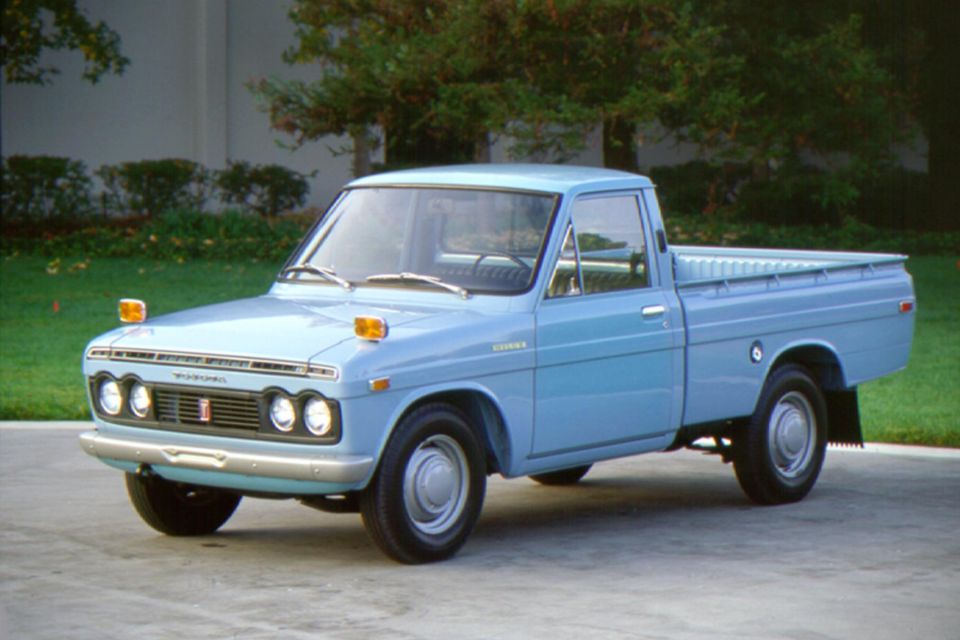
Perhaps more than any other Toyota, the HiLux has dominated the sales charts on the basis of its toughness, reported or otherwise.
As this story discusses, this is more than just clever marketing; Toyota does have some genuine reasons to support the HiLux’s reputation as a reliable workhorse.
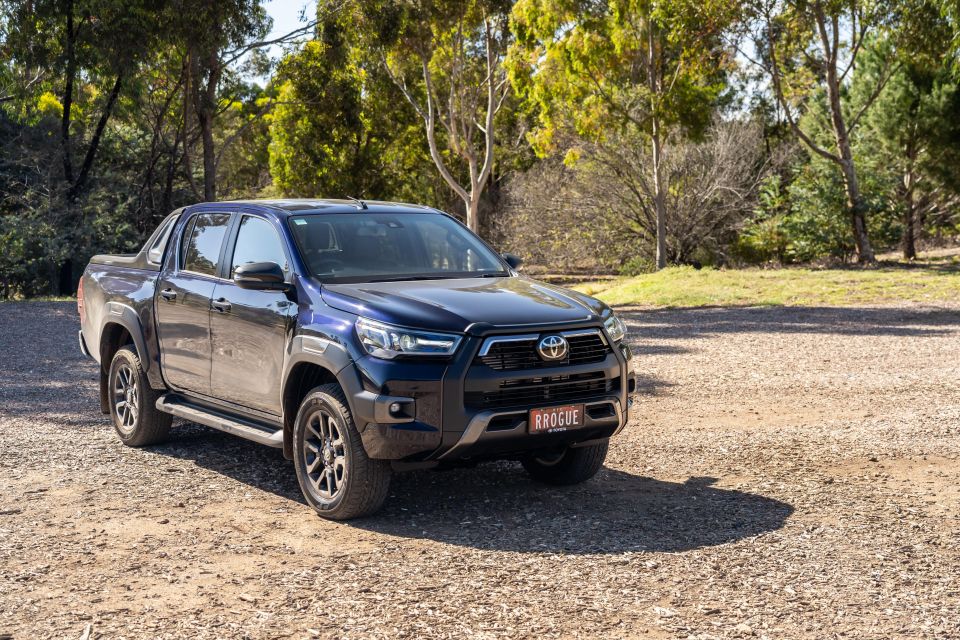
By the late 1950s, Toyota already had significant experience building off-road capable and commercially-oriented vehicles.
During WWII, the Imperial Japanese Army discovered Jeep vehicles during their invasion of the Philippines, returned them to Japan, and ordered Toyota to produce a copycat version known as the AK10.
Successors to the AK10 after the war eventually morphed into the Toyota LandCruiser.
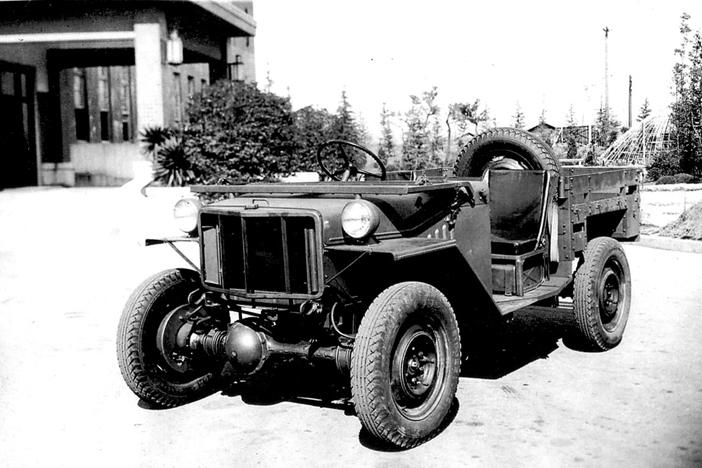
Other commercially-oriented vehicles during this time included the SB truck, which used the engine and drivetrain from Toyota’s first new post-war passenger car mounted on a ladder frame chassis and solid axles, as well as the later Toyota Stout.
Arguably the spiritual predecessor to the HiLux, the Stout was first sold in 1954 before exports to the USA commenced 10 years later with the Lite Stout. In its first year on sale, Toyota sold a grand total of four examples in America.
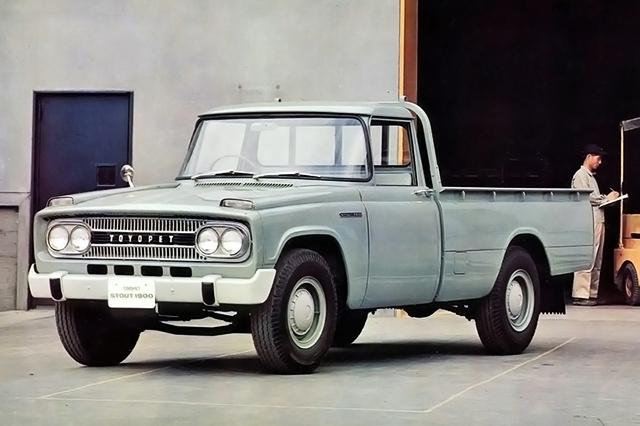
Alongside these ladder frame-based models, Toyota also experimented with pick-up versions of its larger passenger cars, the Crown and Corona.
These models were open-backed cars so passengers could take larger pieces of luggage with them, and were not suitable for towing or going off-road.
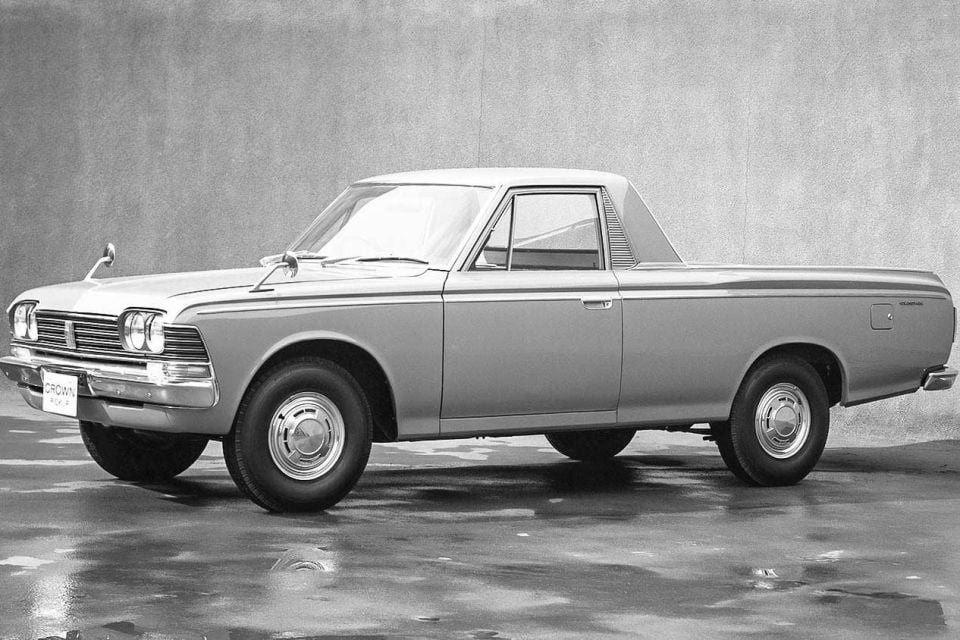
Despite these efforts, none of the models above were particularly successful. Toyota persevered though, and decided to roll the dice once more with its acquisition of Japanese commercial vehicle Hino in 1967.
The acquisition included rights to produce and sell its Briska pick-up truck, which at the time was slightly smaller than the Stout.
Toyota developed an updated version of the Briska, renamed it the HiLux and launched it in 1968, where it superseded the Stout in North America – but was sold alongside it in other markets.
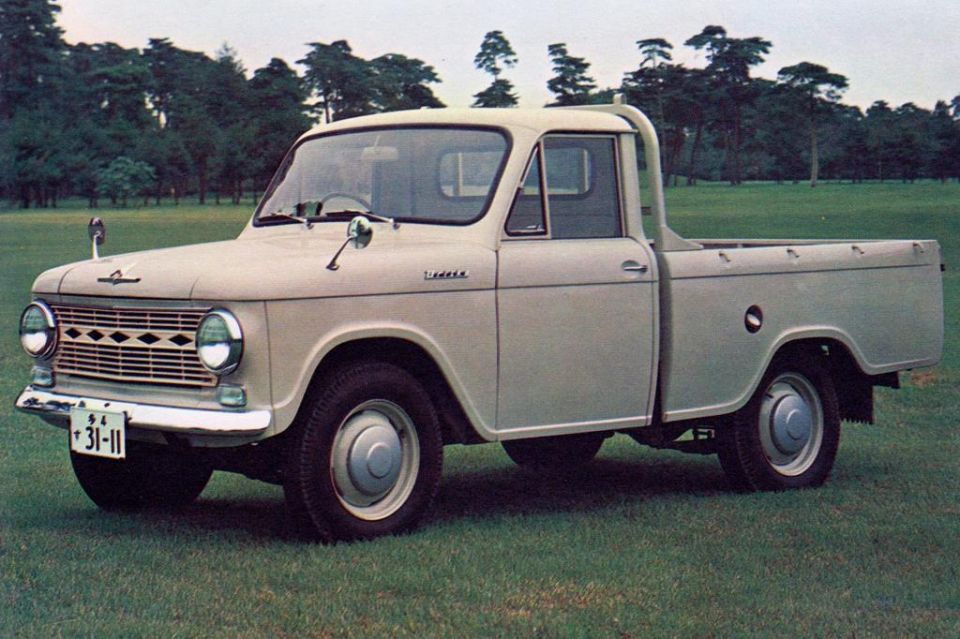
The HiLux name was a portmanteau of the words “High Luxury”, but this was far from a Range Rover competitor in terms of refinement.
Using a 1.5L engine producing just 57kW it had unassisted brakes, a largely untrimmed metal dashboard to suit its rough intentions, and featured indicator lights on top of the bonnet in export models, as a substitute for where the wing mirrors were located in domestic models.
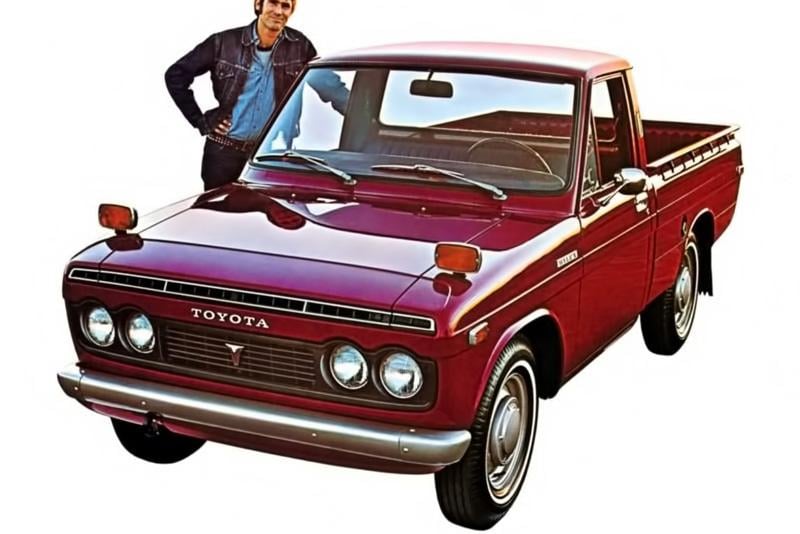
Sales far surpassed Toyota’s previous pick-up/ute efforts, with 100,000 annual sales being achieved by 1975 and doubling just two years later.
The model consistently hit 400,000 global sales during the 1980s.
For the HiLux, a segment on motoring show Top Gear reinforced the suggestion the HiLux is tough.
As part a feature to test how reliable the HiLux really was, the Top Gear team in 2003 bought a used diesel example with 305,000km and put it through various tests, including submerging it, burning it, hitting it with a wrecking ball, and most famously putting it on top of a high rise apartment block that was demolished.
A mechanic on hand was able to revive the car after each test without using any spare parts and using only simple tools such as spanners, hammers, and wrenches.
The HiLux’s reliability was further demonstrated in a subsequent 2007 episode, when modified vehicles were also used by presenters James May and Jeremy Clarkson to reach the Magnetic North Pole.
The popularity and global reach of Top Gear, combined with clever marketing from Toyota caught the attention of the motoring press and wider public around, and served to increase sales further and enhance the model’s reputation.
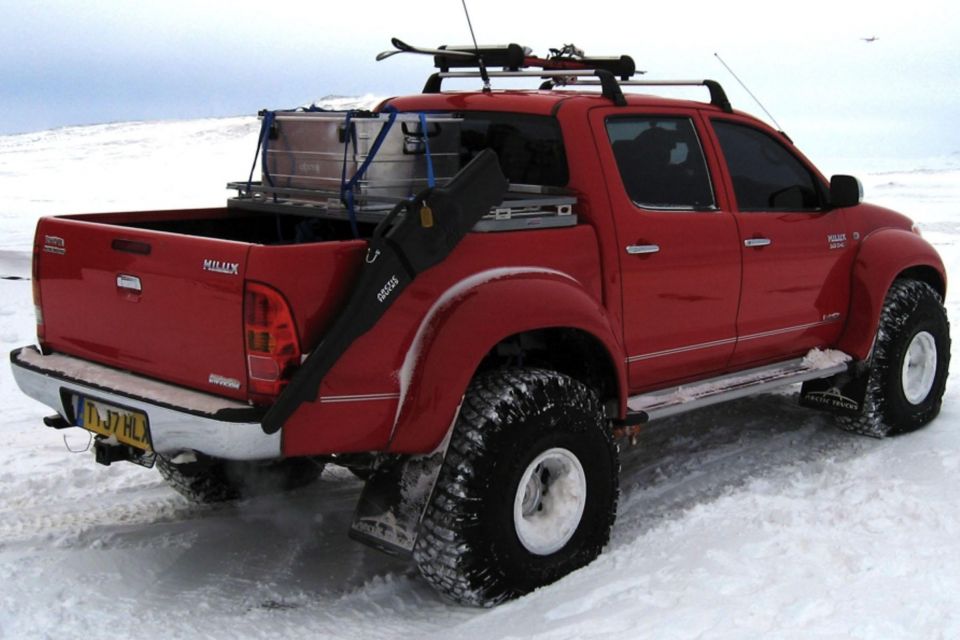
Outside automotive TV shows, the Hilux was also able to win its class in the gruelling 2019 Dakar rally, being driven by Qatari rally driver Nasser Al-Attiyah.
An unintended consequence of the HiLux’s perceived durability is its use by armies, militias and terrorists alike during wars and insurgencies.
The HiLux is perhaps the only vehicle to have an actual conflict named after it.
Known as ‘The Toyota War’, this was the last phase of the 1980s war between Chad and Libya.
Chad was supplied with 400 Toyota HiLux and LandCruiser vehicles customised with heavy machine guns and anti-tank missiles, and effectively used these as cavalry to rout Muammar Gaddafi’s forces and eventually win the war.
Unfortunately, the terrorist group ISIS also used Toyota HiLux vehicles and similar tactics to great effect as part of its expansion into Iraq and Syria in 2015.
In fact, the US Government became so concerned with the prevalence of Toyota vehicles used by ISIS and other insurgency groups that the counter-terrorism unit of the US Treasury asked Toyota for further information on its supply chain in the Middle East, and how these vehicles were being acquired.
More recently, the HiLux has been used as a base for several other models, especially for developing markets and for off-road capable vehicles.
Toyota realised the tough HiLux platform would be suitable for the poor infrastructure in developing markets.
One of these is the Toyota Fortuner, which is effectively an SUV version of the HiLux.
Other examples intended for developing markets include the Toyota Innova, a people mover in the vein of the Tarago but based on the HiLux chassis.
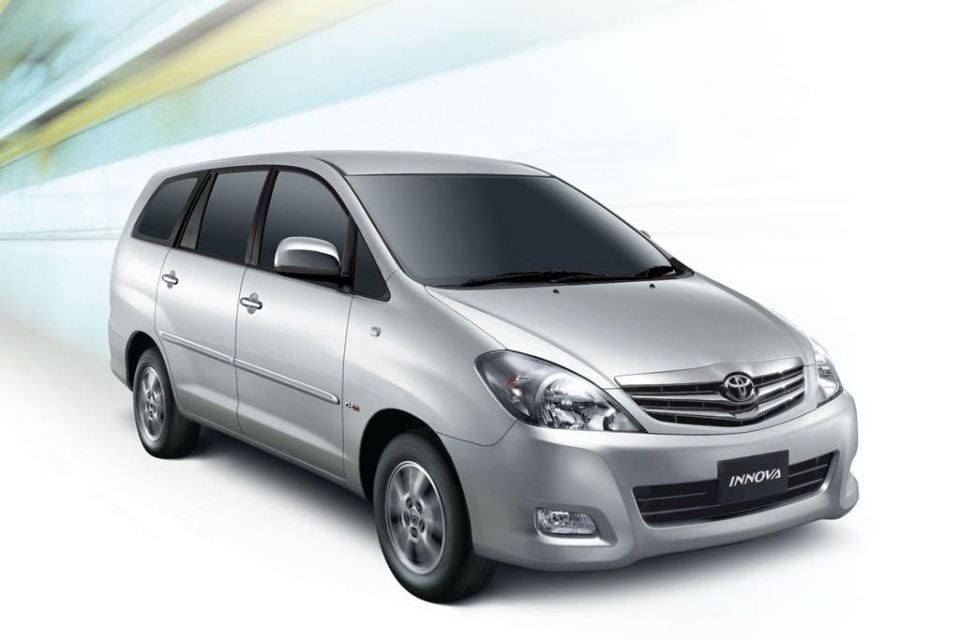
In Australia, Toyota launched the performance-focused TRD HiLux in 2008, mating a 4.0L V6 petrol engine producing 225kW of power and 453Nm of torque to a five-speed automatic transmission, and pairing this with other mechanical upgrades such as Bilstein monotube dampers.
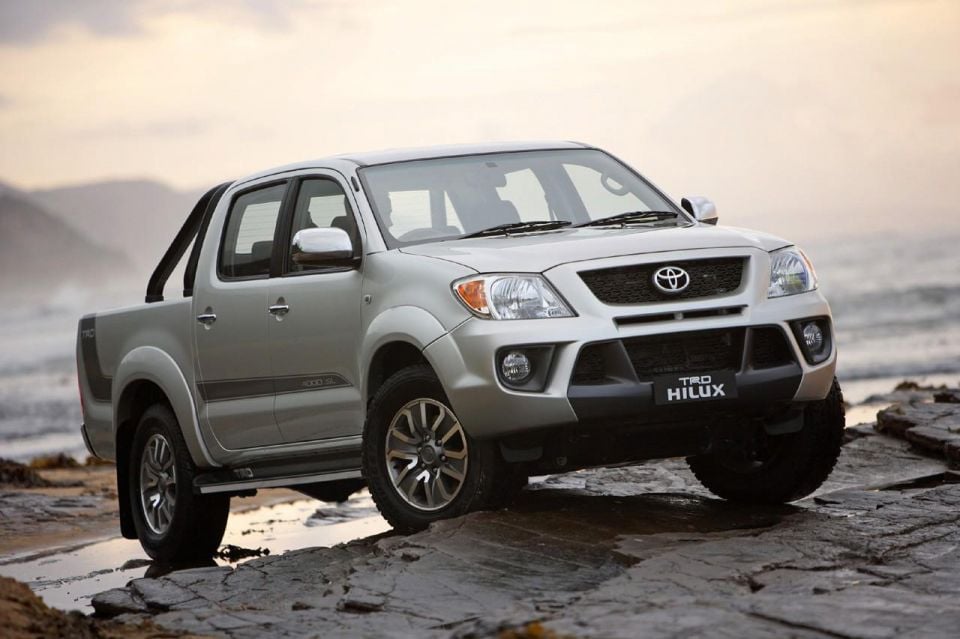
Where expert car reviews meet expert car buying – CarExpert gives you trusted advice, personalised service and real savings on your next new car.


Ben Zachariah
8 Hours Ago


Matt Campbell
15 Hours Ago


Derek Fung
4 Days Ago


Damion Smy
7 Days Ago


Ben Zachariah
9 Days Ago


James Wong
15 Days Ago